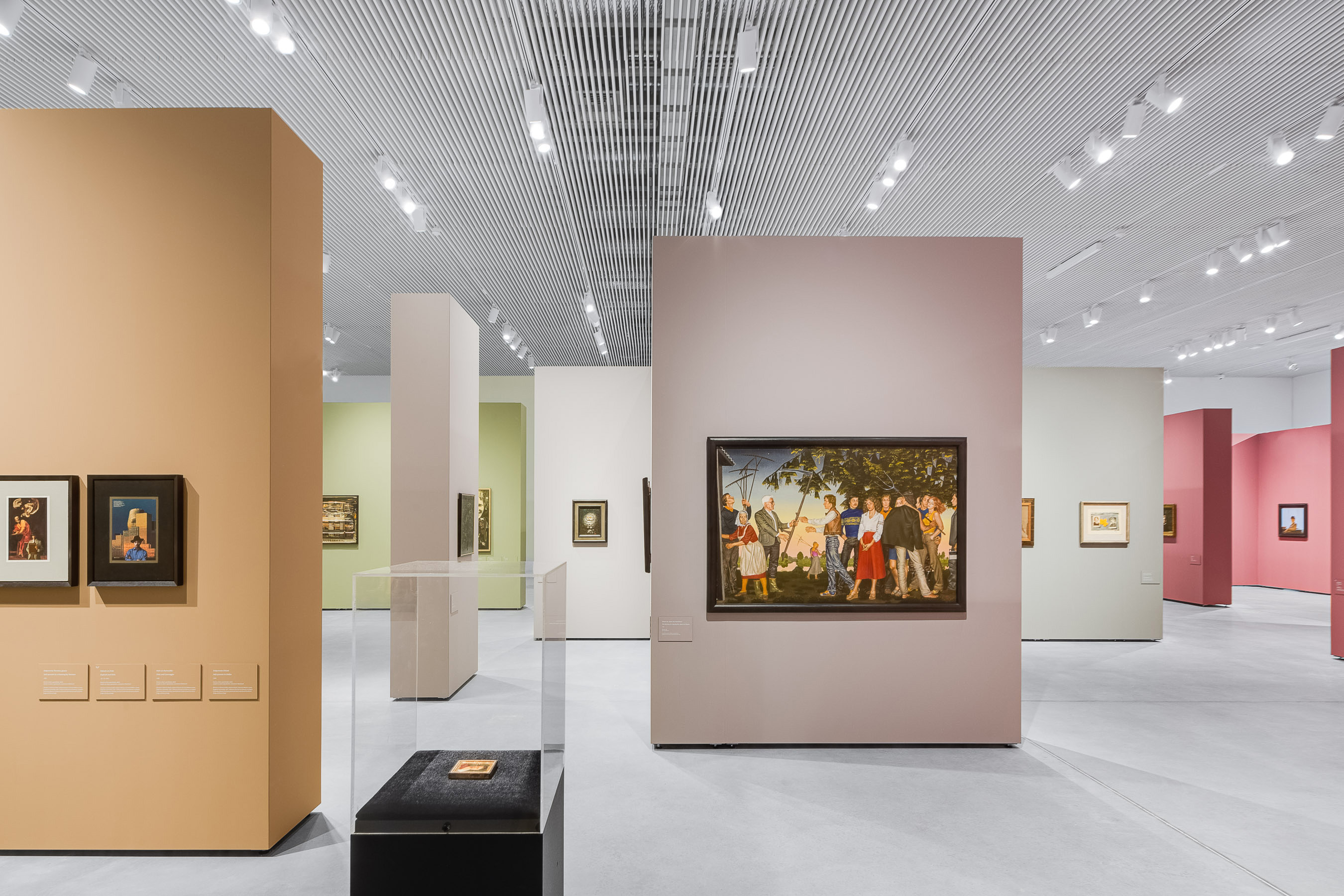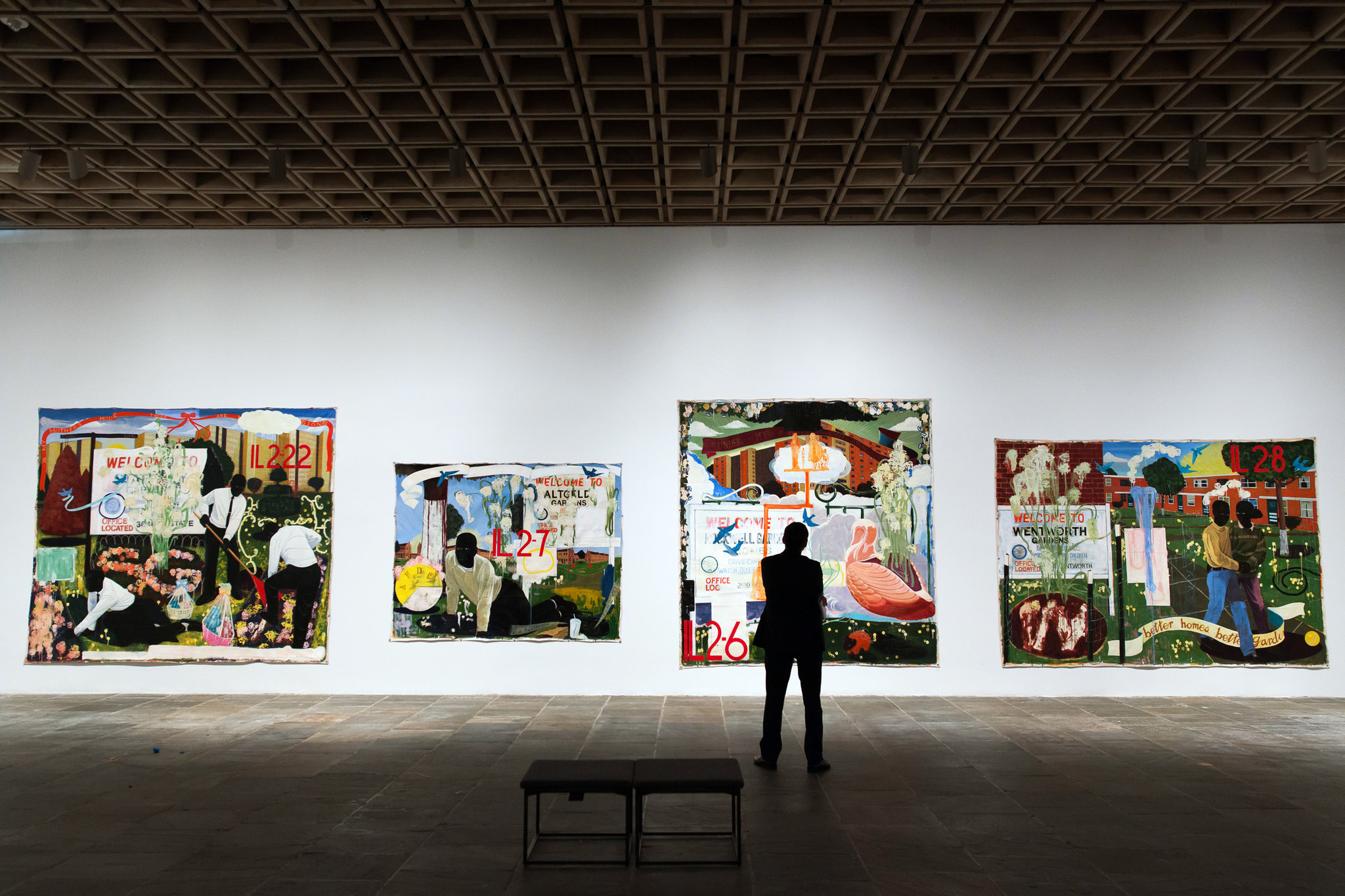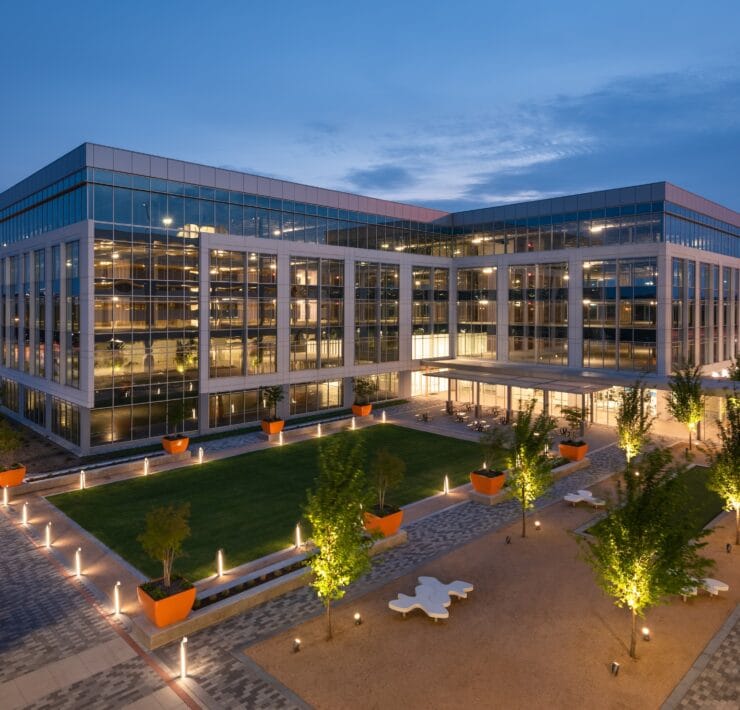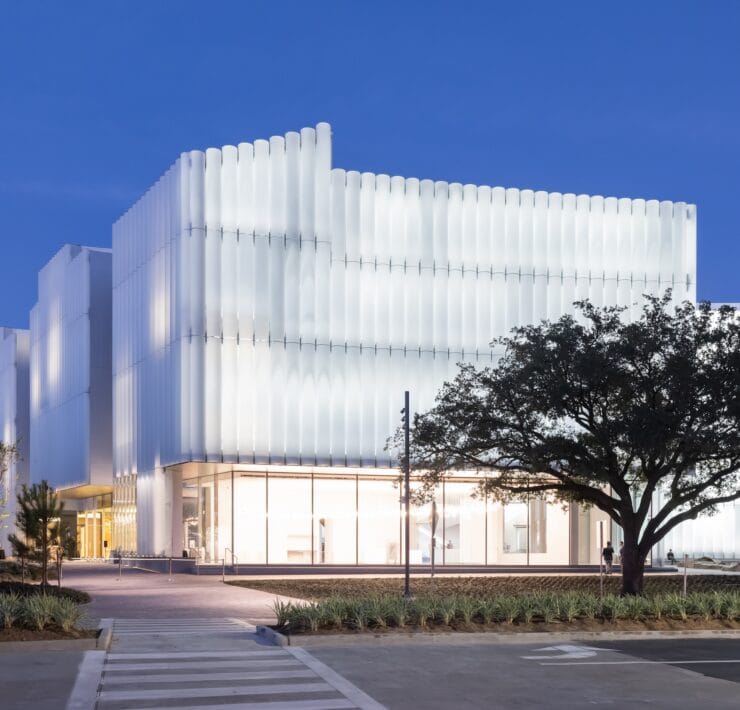Last updated on February 24, 2023 11:35 am
Art galleries are making the switch from halogen, fluorescent and HID lights to LED track lighting. Though initially more expensive, LED lighting decreases heat and increases color rendering, both crucial elements in art display and preservation.

With high-CRI (Color Rendering Index), LED lights render colors in artwork more accurately as opposed to halogens or fluorescents, which tend to distort the colors in art by adding their own hues and tones to the mix. LED lighting, unlike Halogen lighting, does not contain Ultra Violet (UV) Rays which can oxidize pigments and cause other forms of damage to rare silks or old photographs.
LEDs consume a fraction of the power of typical gallery bulbs, such as High-Intensity Discharge (HID) and halogen lamps, eliminate the radiation of such bulbs, are dimmable like convention lighting, and, when dimmed, unlike incandescent or halogen lamps, retain their proper spectrum of light so artwork colors are accurately and consistently displayed.

Good looks, reliability and lower cost: read about track lighting as ideal for displaying art in the Art of Lighting Art.





